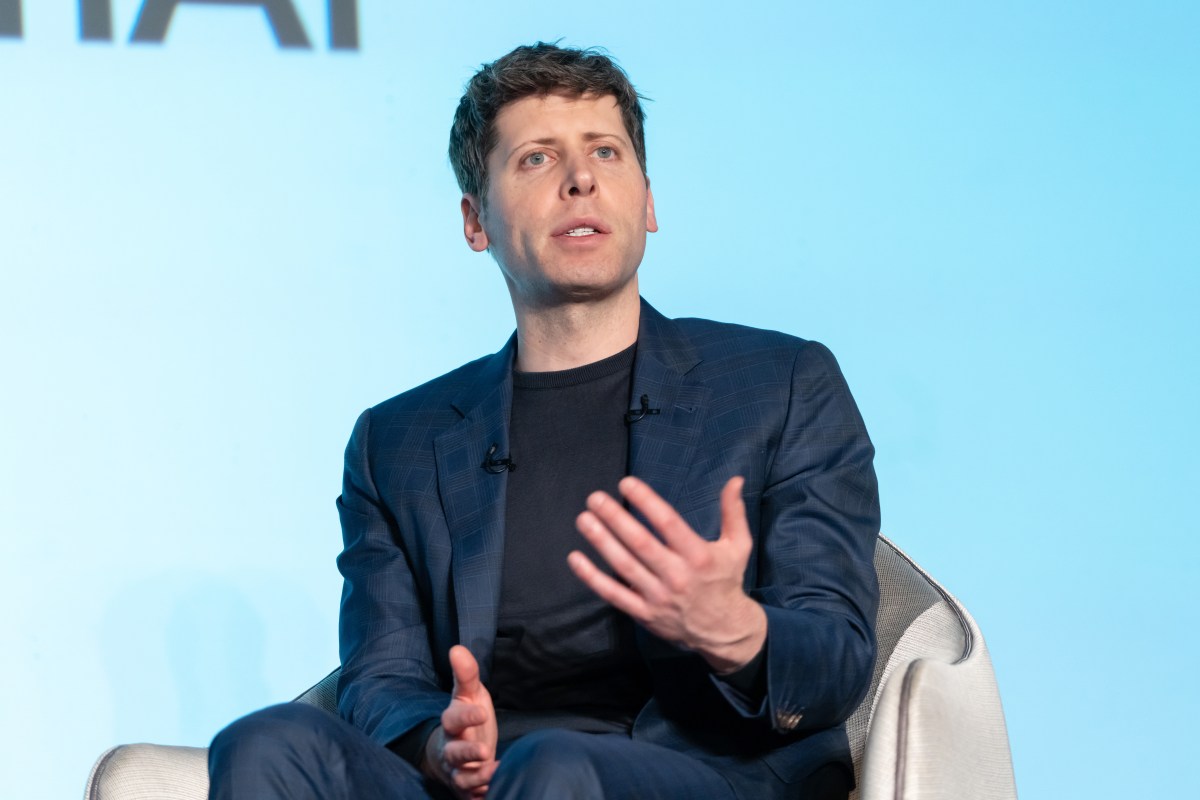A new artificially intelligent system has been developed by researchers that takes the concept of thinking ahead to a whole new level. Unlike humans, who may think a few steps ahead, this system thinks millions of steps ahead, making it a game-changer in the field of mathematics.
A team of researchers, led by mathematician Sergei Gukov from the California Institute of Technology (Caltech), has created a novel machine-learning algorithm designed to tackle complex math problems that require an extremely long series of steps – we’re talking over a million steps. This algorithm has been successfully applied to the Andrews–Curtis conjecture, a math problem that has puzzled mathematicians for decades.
The Andrews–Curtis conjecture is essentially a math puzzle that asks whether certain problems can always be solved using a set of allowed moves, such as rearranging or undoing steps. The new Caltech program has made significant progress in this area by finding long sequences of steps that are rare and hard to discover.
According to Ali Shehper, the first author of the study and a mathematician at Rutgers University, the program’s goal was to identify these long sequences of steps. As Shehper noted in a Caltech statement, “It’s like trying to find your way through a maze the size of Earth. These are very long paths that you have to test out, and there’s only one path that works.”
In a preprint study published on arXiv, Shehper and his colleagues detailed how they utilized their AI to solve families of problems related to the Andrews–Curtis conjecture, which involves abstract algebra. Although they didn’t solve the conjecture itself, they did disprove several potential counterexamples, which has significant implications for the validity of the original conjecture.
As Shehper explained, “Ruling out some of the counterexamples gives us confidence in the validity of the original conjecture and helps build our intuition about the main problem. It gives us new ways to think about it.” Gukov compared the math problems to solving a Rubik’s Cube, where the goal is to take a scrambled cube and return it to its original state by testing out long sequences of moves.
The AI achieves this by employing a reinforcement learning approach, where it is first trained on easy math problems and then gradually introduced to more challenging tasks. As Shehper described, “It tries various moves and gets rewarded for solving the problems. We encourage the program to do more of the same while still keeping some level of curiosity. In the end, it develops new strategies that are better than what humans can do. That’s the magic of reinforcement learning.”
The algorithm ultimately learned to generate long sequences of unexpected moves, which the researchers termed “super moves.” In contrast to other language models like ChatGPT, which tend to produce typical and unoriginal output, this AI is capable of producing unique and innovative solutions.
As Gukov noted, “If you ask ChatGPT to write a letter, it will come up with something typical. It’s unlikely to come up with anything unique and highly original. It’s a good parrot. Our program is good at coming up with outliers.”
While the current applications of this achievement may not be immediately apparent, the researchers speculate that their methods could one day contribute to intelligent forecasting, such as predicting financial crashes. As Gukov explained, “Our program knows how to learn to learn. It’s thinking outside the box.” The team has made significant improvements in an area of math that was decades old, and their work is accessible to other academics with small-scale computers.
Although the practical implications of this achievement may not be evident in our daily lives, it joins a host of other research optimizing machine-learning algorithms to solve humanity’s problems.
Source Link





